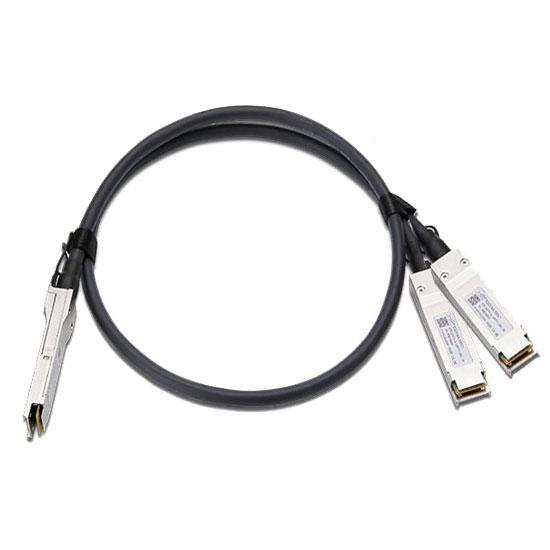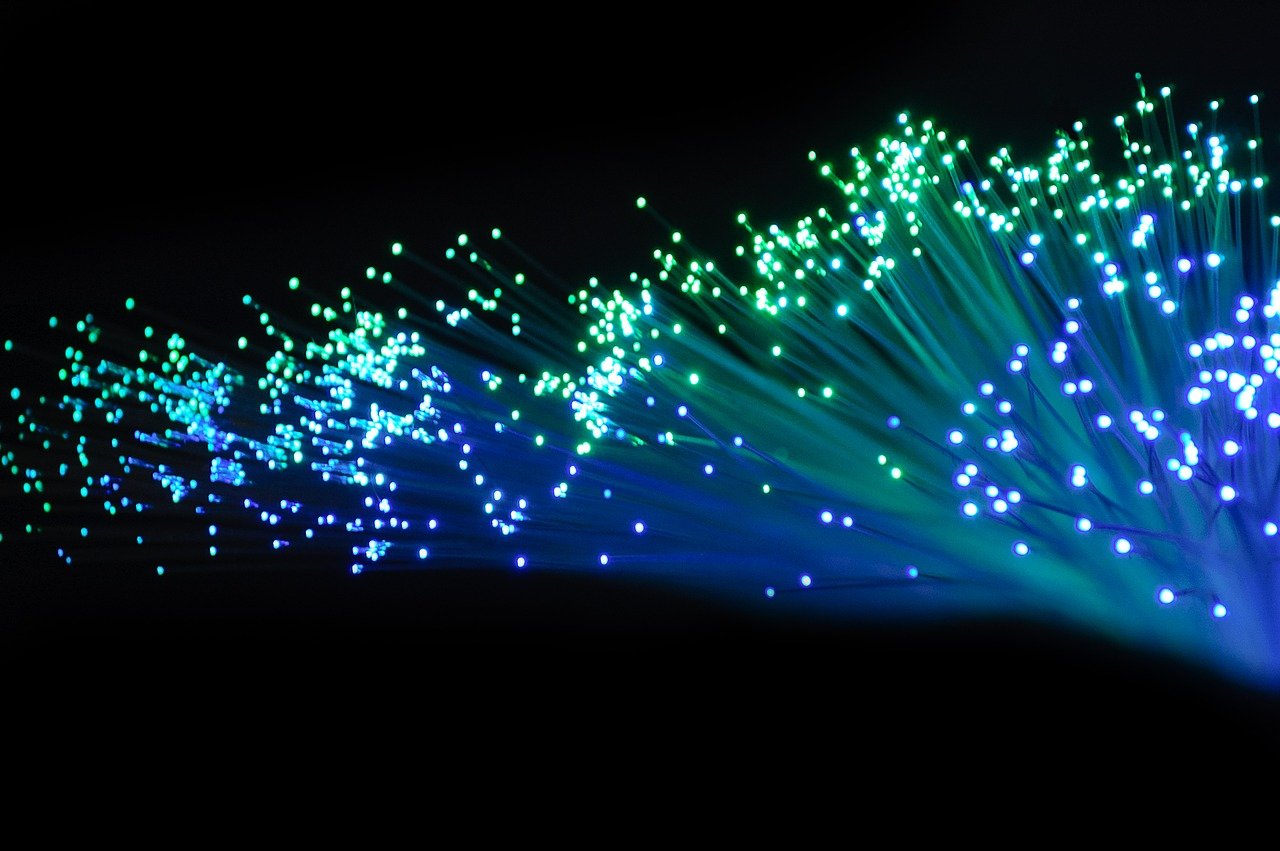Understanding 2ft in Metres: The Benefits of OSFP for Network Connectivity

Understanding 2ft in Metres
The Importance of 2ft in Metres for Network Connectivity
Understanding the conversion of 2ft in metres is essential for ensuring efficient network connectivity. When it comes to optimizing network performance, knowing how to convert 2 feet to meters and vice versa plays a crucial role. By utilizing the accurate measurement of 2ft in metres and incorporating OSFP (Octal Small Form-factor Pluggable) transceivers, network connectivity can be significantly enhanced.
Ensuring precise measurements for cable lengths
Facilitating seamless integration of OSFP for improved data transmission
Enhancing overall network efficiency through accurate length conversions
Exploring OSFP
Understanding OSFP
The Optical Small Form-factor Pluggable (OSFP) module is a key component in network connectivity, serving as a transceiver for data transmission. Its primary function is to convert electrical signals to optical signals and vice versa, enabling seamless communication between network devices. The OSFP transceiver is designed to meet the high-speed and high-density requirements of modern networking applications.
Facilitates high-speed data transmission over short and medium distances
Offers enhanced signal integrity for reliable connectivity
Supports higher port density, making it suitable for high-performance computing and networking environments
Comparison with Other Modules
When compared to QSFP modules, the OSFP transceiver offers several advantages that make it a preferred choice for network connectivity. Unlike QSFP modules, which are limited in terms of speed and port density, OSFP modules provide greater flexibility and performance.
Higher data rates and bandwidth capacity
Improved thermal management for better reliability
Enhanced signal integrity and lower crosstalk for superior network performance
Benefits of Short Cable Lengths
Efficiency of Short Cable Lengths
Short cable lengths play a crucial role in enhancing network connectivity and performance. By utilizing short fiber optic cables, network efficiency can be significantly improved. The advantages of using short cable lengths in network connectivity are evident in the following ways:
Reduced Signal Loss: Short cables minimize signal loss, ensuring that data transmission remains efficient and reliable.
Improved Signal Integrity: Short cable lengths contribute to better signal integrity, reducing the risk of interference and maintaining high-quality connectivity.
Enhanced Flexibility: Using short cables provides greater flexibility in network design and layout, allowing for efficient routing and organization of network connections.
Cost-Efficiency: Short cables require less material and are more cost-effective to deploy, contributing to overall savings in network infrastructure setup.
Impact on Network Performance
The impact of short cable lengths on network performance is substantial. By incorporating short fiber optic cables into the network infrastructure, businesses can experience the following benefits:
Lower Latency: Shorter cable lengths result in lower latency, enabling faster data transmission and improved responsiveness within the network.
Reduced Interference: Short cables minimize the risk of electromagnetic interference, leading to more stable and consistent network performance.
Streamlined Maintenance: Managing shorter cable lengths simplifies maintenance tasks, making it easier to identify and address any issues that may arise within the network.
Fiber Optic Transceivers and Standards
Role of Fiber Optic Transceivers
Fiber optic transceivers play a pivotal role in ensuring seamless network connectivity by facilitating the transmission of data over fiber optic cables. These transceivers are equipped with advanced technology that enables them to convert electrical signals into optical signals for efficient data transfer. The key features and applications of fiber optic transceivers include:
High-Speed Data Transmission: Fiber optic transceivers support high-speed data transmission, making them ideal for applications requiring rapid and reliable connectivity.
Versatility: They are versatile and can be used in various networking environments, including data centers, telecommunications networks, and enterprise infrastructures.
Signal Integrity: Fiber optic transceivers maintain signal integrity over long distances, ensuring that data is transmitted accurately without loss or interference.
Compatibility: They are compatible with different types of network equipment, providing flexibility in network design and implementation.
Network Connectivity Standards
Adhering to network connectivity standards is crucial for ensuring optimal performance and compatibility within network infrastructures. These standards define the specifications and protocols that govern the design, installation, and maintenance of fiber optic connectivity. Key aspects related to fiber optic standards include:
Performance Requirements: Standards outline the performance criteria for fiber optic components, ensuring that they meet specific benchmarks for reliability and efficiency.
Interoperability: By adhering to established standards, organizations can ensure interoperability between different vendor products, promoting seamless integration within diverse network environments.
Regulatory Compliance: Standards also address regulatory requirements related to safety, electromagnetic compatibility (EMC), and other essential considerations for network infrastructure.
Adhering to these standards not only ensures the reliability and performance of fiber optic connectivity but also promotes consistency and compatibility across diverse networking environments.
Enhancing Network Connectivity with 2ft in Metres
The Impact of 2ft in Metres and OSFP
Incorporating the precise measurement of 2ft in metres and leveraging OSFP transceivers can significantly enhance network connectivity and performance. By optimizing cable lengths and utilizing advanced transceiver technology, businesses can achieve seamless data transmission and improved network efficiency.
Optimal Cable Lengths: Utilizing accurate measurements of 2ft in metres ensures the optimal length for network cables, minimizing signal loss and interference.
Advanced Transceiver Technology: OSFP transceivers facilitate high-speed data transmission over short distances, enhancing overall network performance.
Efficient Data Transmission: The combination of 2ft in metres and OSFP transceivers results in efficient and reliable data transmission within the network infrastructure.
See Also
Attaining Superior Performance and Affordable Fiber Optic Connection
ADSS Fiber Cable versus Alternative Cables: Selecting the Ideal Choice for Extended Span Uses
Comprehending FTTR Concealed Fiber Cable: A Revolutionary Solution
Investigating the Advantages of IP67 Water-Resistant FTTX Solutions


